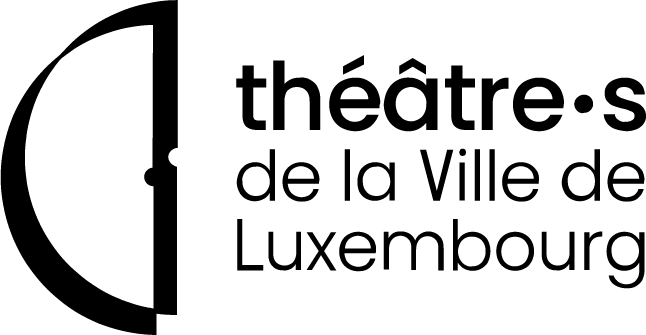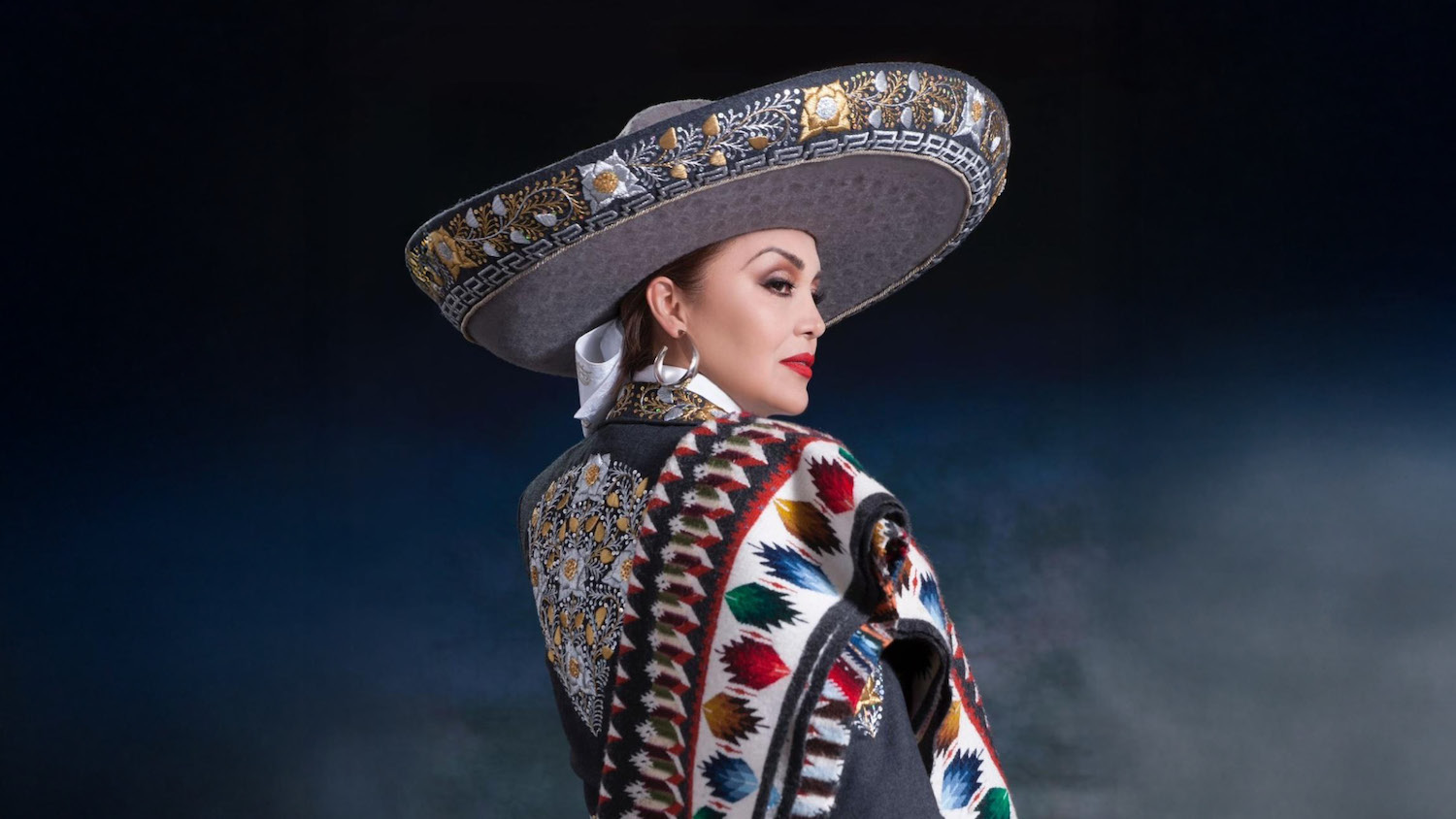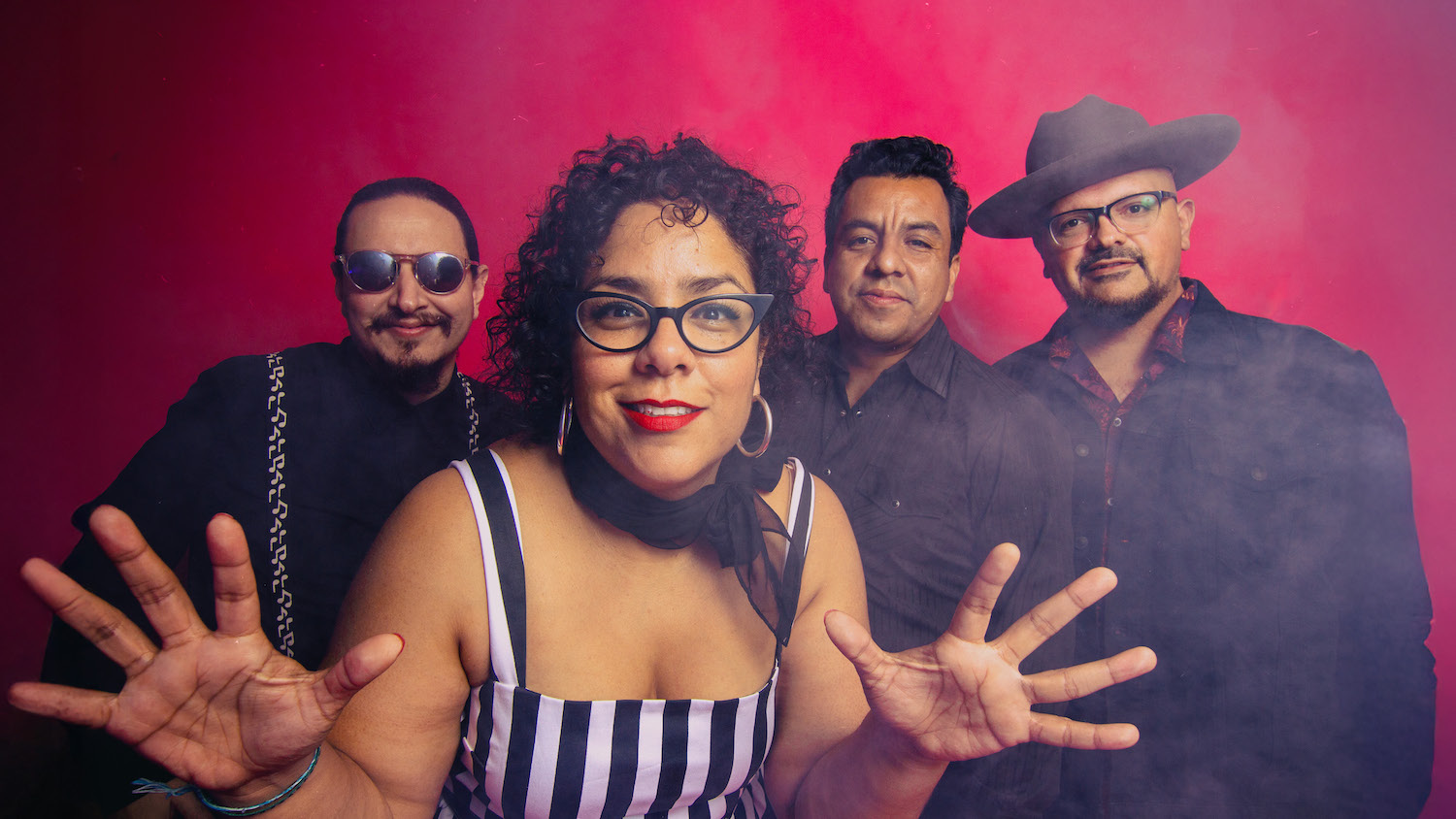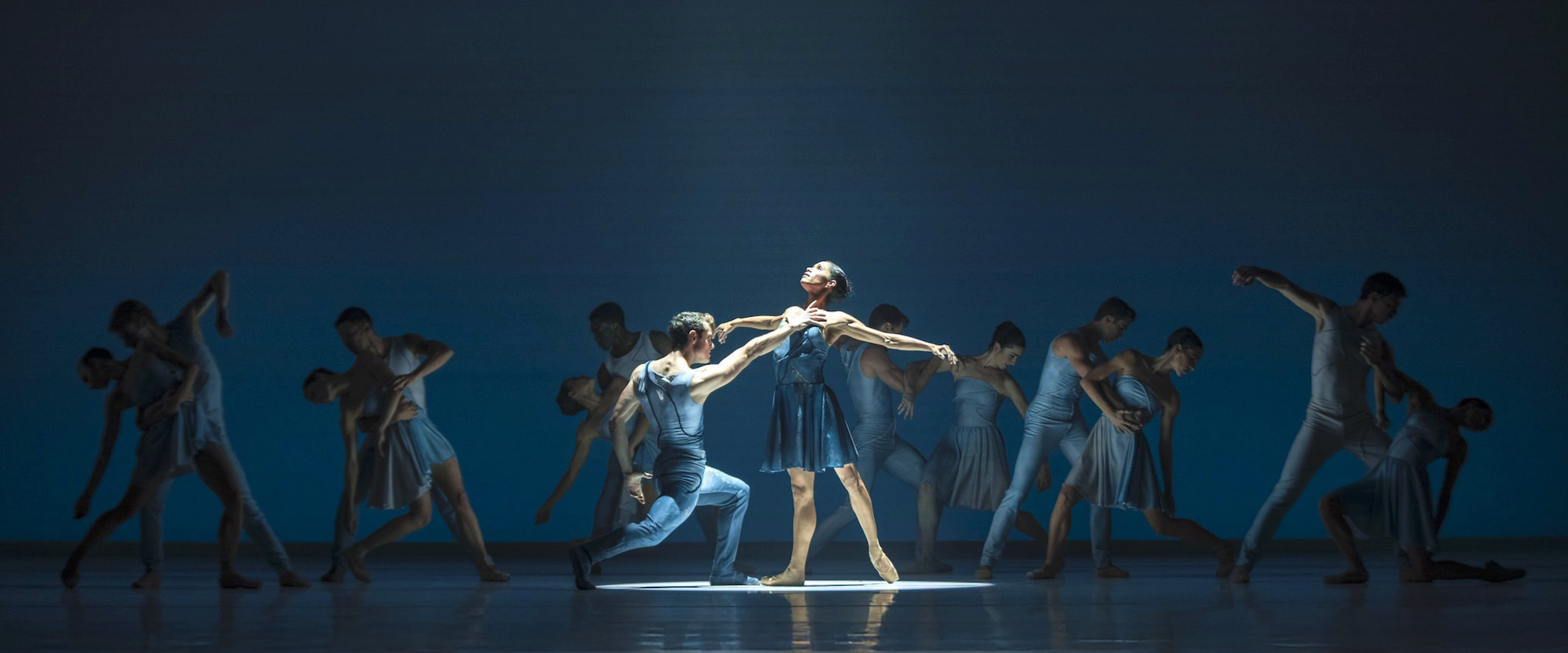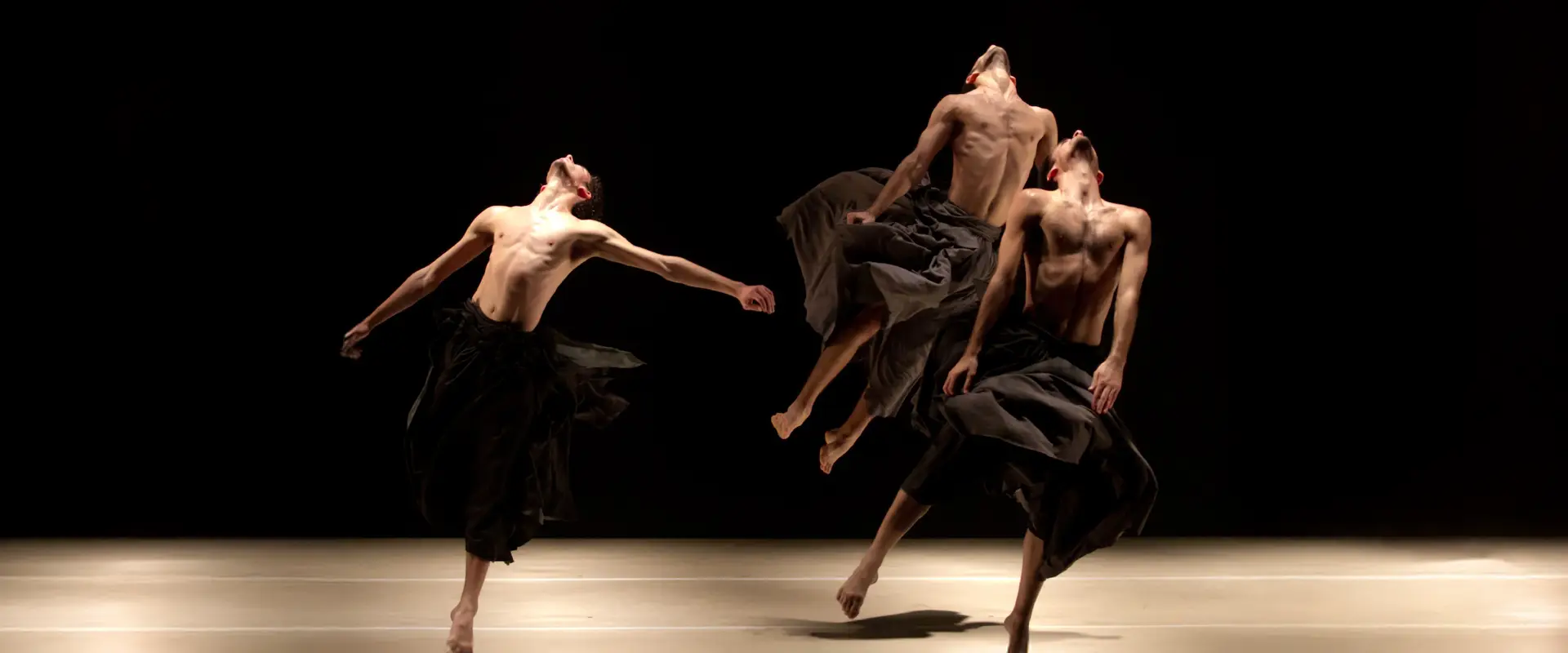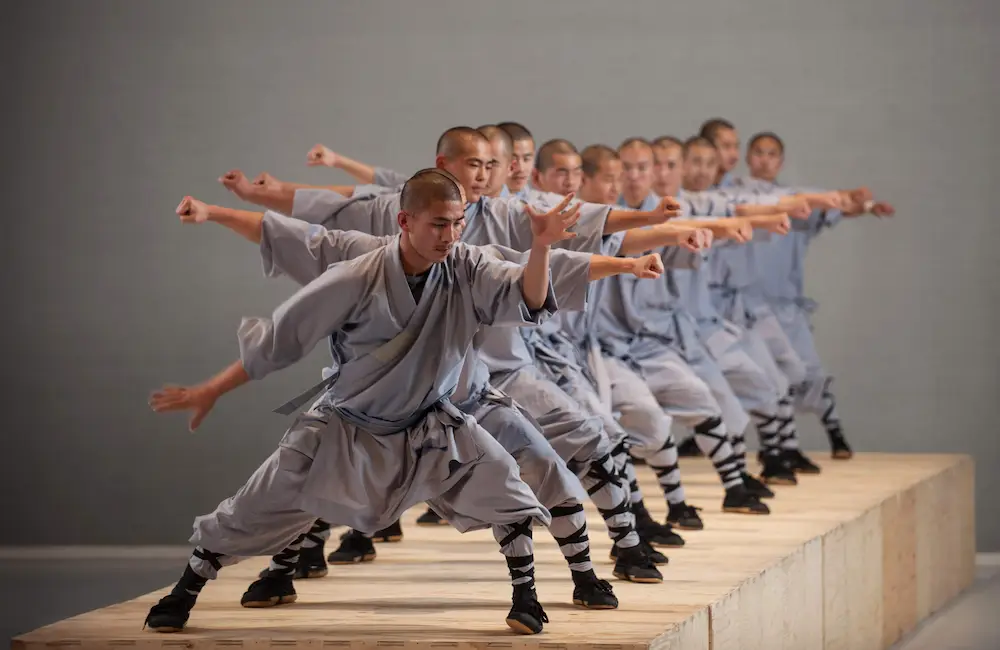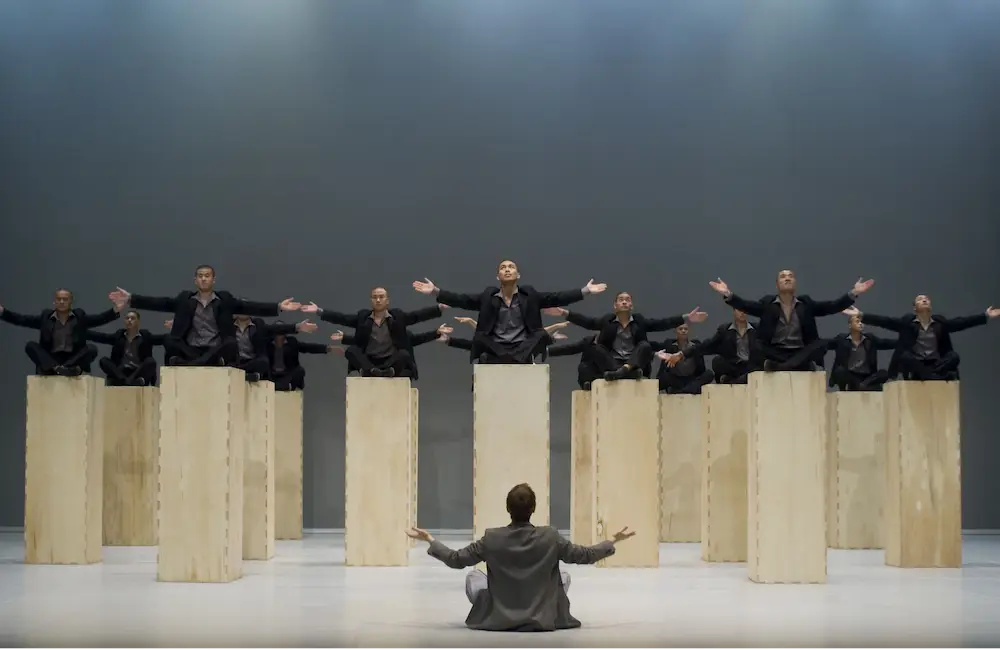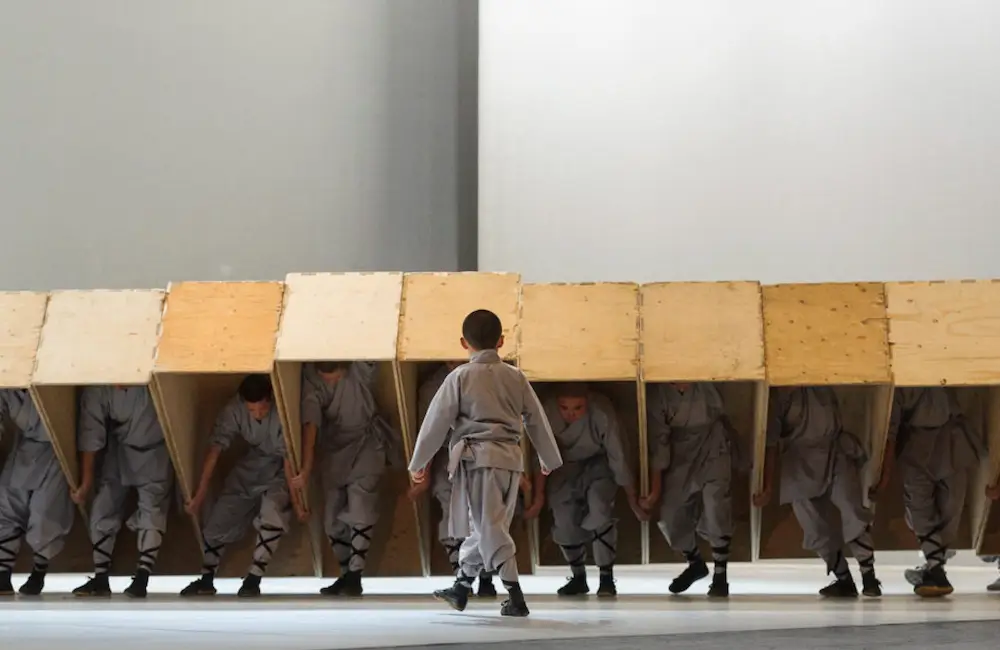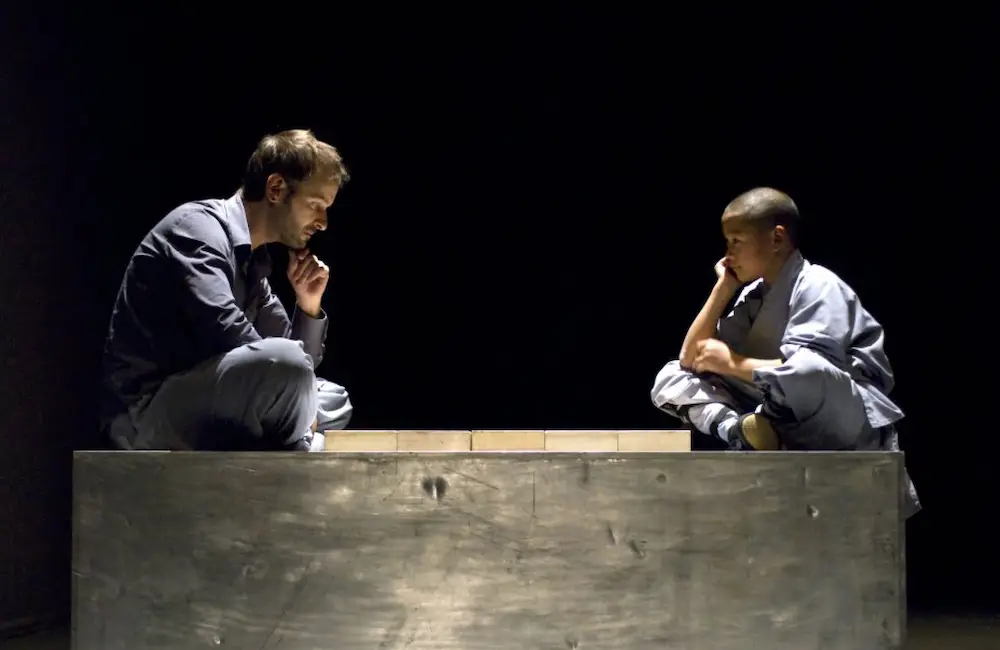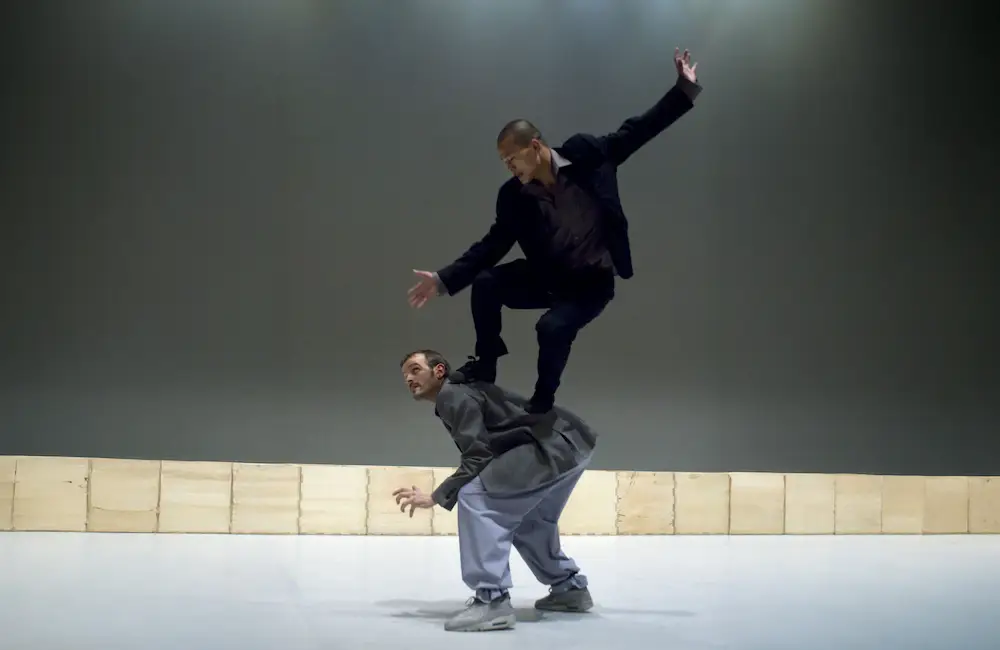This event has been canceled.
We regret to inform you that the upcoming U.S. tour of Sutra, including the November 2 performance at The Luckman, has been cancelled due to an accident that resulted in injuries to several of the artists.
Purchases made via Ticketmaster will be automatically refunded to the original form of payment. Ticket holders who purchased by phone or in person through The Luckman Box Office will be contacted directly to discuss refund options.
The internationally acclaimed collaboration between visionary Belgian choreographer Sidi Larbi Cherkaoui, trailblazing British sculptor Antony Gormley, and 19 warrior monks from China’s venerated Shaolin Temple, Sutra is celebrated as a masterpiece of contemporary performance and one of the most visually stunning and intellectually sophisticated productions to grace the modern stage.
The work weaves the Shaolin Temple’s awe-inspiring traditions — flying kicks, acrobatic backflips, and shadow-boxing — into a whimsical yet profound fable about a European outsider’s journey into the heart of the timeless monastery.
Set to a hauntingly beautiful score by Polish composer Szymon Brzóska performed live on stage by a chamber quintet, Sutra is revered as one of the most innovative and awe-inspiring productions in the history of contemporary dance.
Read More
The Shaolin Temple in Henan, the historic heart of China, was founded in 495 by the Indian monk Bodhidharma, who, according to tradition, gazed at a wall there for nine years without moving. The monastery is the birthplace of the Chan school, better known by its Japanese name, Zen.
The Shaolin Temple is best known for its martial arts tradition, which Bodhidharma himself is said to have imposed to discipline a community plagued by laziness and carelessness.
After meeting the Shaolin monks in 2007, Sidi Larbi Cherkaoui began collaborating with them to develop a joint project for which he created the choreography and danced with the monks himself. He joined forces with the English sculptor Antony Gormley, winner of the 1994 Turner Prize, knighted in 2014, and quite simply one of the greatest names in the visual arts of our time. Gormley, who shares Sidi Larbi Cherkaoui’s interest in Buddhist philosophy, was invited to design the scenography. For the music composition, the choreographer called on Polish composer Szymon Brzóska. The production’s Sanskrit name, Sutra, refers to the canonical scriptures of the Buddhist tradition.
Sutra thus becomes a journey of cultural and social exchange. Through translations, negotiations, and explanations, the ensemble successfully created an artistic universe that innovatively evokes old and new China, dealing with construction and destruction transformations and games. The stage is covered with wooden crates that can be modulated to form different constellations; they can thus stand as a wall, build a bridge, erect a temple, or represent a cemetery. They create a convertible space through which the artists travel.
“A mesmerizing blend of spirituality and physicality, Sutra invites audiences to reflect on their own journey through life.”
★★★★★
The New York Times
“Cherkaoui’s work is a stunning visual experience that challenges our perceptions of both contemporary dance and martial arts.”
★★★★★
The Guardian
“With its breathtaking choreography and thought-provoking themes, Sutra is a profound exploration of the human experience.”
★★★★★
Financial Times
Sidi Larbi Cherkaoui | Choreography
Sidi Larbi Cherkaoui defies categorization—choreographer, dancer, opera director, composer. He is the artistic director of both the Royal Ballet of Flanders and his company Eastman, as well as an associate artist at Sadler’s Wells. His creative reach is global and genre-crossing: choreographing Beyoncé and Jay-Z’s “Apeshit” at the Louvre, directing Rameau’s Les Indes galantes at the Bayerische Staatsoper, creating Sutra with Shaolin monks and Antony Gormley in China, and adapting the manga Pluto into a high-octane stage work in Tokyo.
Cherkaoui’s accolades mirror his range—two Olivier Awards (Babel(words) and Puz/zle), three Tanz awards, a Fred & Adele Astaire Award for Anna Karenina, and the Nijinsky Award for his debut Rien de Rien. He has also received the Kairos Prize for his pursuit of cultural dialogue, an honorary doctorate from the University of Antwerp, the Europe Prize Theatrical Realities, and was named “Commandeur dans l’ordre des Arts et des Lettres” by France.
Collaboration is at the heart of his practice. He’s partnered with Akram Khan (zero degrees), flamenco artist María Pagés (Dunas), Chinese dancer Yabin Wang (生长genesis), and Irish dance artist Colin Dunne (Session). His ballet commissions include In Memoriam and Memento Mori for Les Ballets de Monte-Carlo, Boléro for Paris Opera Ballet (with Damien Jalet and Marina Abramović), and works for the Royal Danish Ballet, Cullberg Ballet, and Dutch National Ballet.
Cherkaoui has also created standout roles for star dancers such as Natalia Osipova (Qutb), Carlos Acosta (Mermaid), and Marie-Agnès Gillot (Firebird duet). Across all of it, his work remains a testament to movement as a universal language—rooted in dialogue, driven by curiosity, and shaped by bold collaboration.
Antony Gormley | Visual Creation
Antony Gormley is internationally renowned for sculptures and installations that explore the human body’s relationship to space. Engaging with his own form and those of others, his work poses deep questions about our place in nature and the cosmos. For Gormley, art is a space of transformation—a site where new thoughts, behaviors, and emotions can emerge.
His work has been exhibited around the world, with recent solo shows at Musée Rodin (Paris), Museum Voorlinden (Wassenaar), National Gallery Singapore, Royal Academy of Arts (London), and the Philadelphia Museum of Art. Permanent public works include the iconic Angel of the North (Gateshead), Another Place (Crosby Beach), Inside Australia (Lake Ballard), and Chord (MIT, Cambridge, MA).
Gormley received the Turner Prize in 1994 and the Praemium Imperiale in 2013. He was knighted in 2014 and is a Royal Academician, Honorary Fellow of the Royal Institute of British Architects, and Fellow of Trinity and Jesus Colleges at Cambridge.
Szymon Brzóska | Music Composition
Szymon Brzóska is a Polish composer whose work bridges music, movement, and image. Trained at the Music Academy in Poznań and the Royal Flemish Conservatory in Antwerp, he studied under Mirosław Bukowski and Luc Van Hove. His compositional style lies between contemporary avant-garde and expanded tonality, often infused with minimalist sensibilities. Through this language, Brzóska crafts vivid sonic worlds, rich in atmosphere and emotional nuance.
A sought-after collaborator in the world of contemporary dance, Brzóska has created music for leading choreographers including Sidi Larbi Cherkaoui, Maria Pagés, David Dawson, and Yabin Wang. His work has been performed by renowned orchestras and soloists, and by companies such as Het Nationale Ballet, GöteborgsOperans Danskompani, and Cedar Lake Company.
His music has been heard on stages around the globe—from Sadler’s Wells and Sydney Opera House to Lincoln Center and the Festival d’Avignon. Brzóska has also composed original scores for animation films, performed live at the International Animated Film Festival ANIMATOR.
His concert works have been featured at festivals such as Sounds New (Canterbury), En Avant Mars (Gent), and the Tehran International Contemporary Music Festival.
Shaolin Temple and Monks
The Shaolin Temple, founded in 495 CE on Mount Song in China’s Henan Province, is revered as the spiritual and cultural birthplace of Chan (Zen) Buddhism and the world’s most sophisticated martial arts tradition—Shaolin Kung Fu. For over 1,500 years, this sacred sanctuary has cultivated an unparalleled synthesis of philosophy, physical training, and spiritual enlightenment.
The Shaolin warrior monks are living legends—globally recognized for their breathtaking displays of superhuman strength, balance, and control. Trained from childhood, these monks dedicate their lives to mastering disciplines that include hand-to-hand combat, ancient weaponry, high-flying acrobatics, and meditative qi gong. Their bodies become instruments of art and endurance, capable of breaking steel with their heads, balancing on razor-sharp spear tips, and executing complex sequences with lightning precision—all while maintaining inner calm and clarity.
Much more than performers, the Shaolin monks are guardians of a profound heritage. They embody centuries of Buddhist wisdom, discipline, and humility. Their global tours have captivated millions, from world leaders to audiences at the Olympics, serving as a living bridge between the ancient East and the modern world.
To witness the Shaolin monks in action is to encounter a legacy of mysticism, discipline, and awe-inspiring human potential.
A Sadler’s Wells Production

Co-produced with:
Athens Festival
Festival de Barcelona Grec
Grand Théâtre de Luxembourg
La Monnaie Brussels
Festival d’Avignon
Fondazione Musica per Roma
Shaolin Cultural Communications Company
